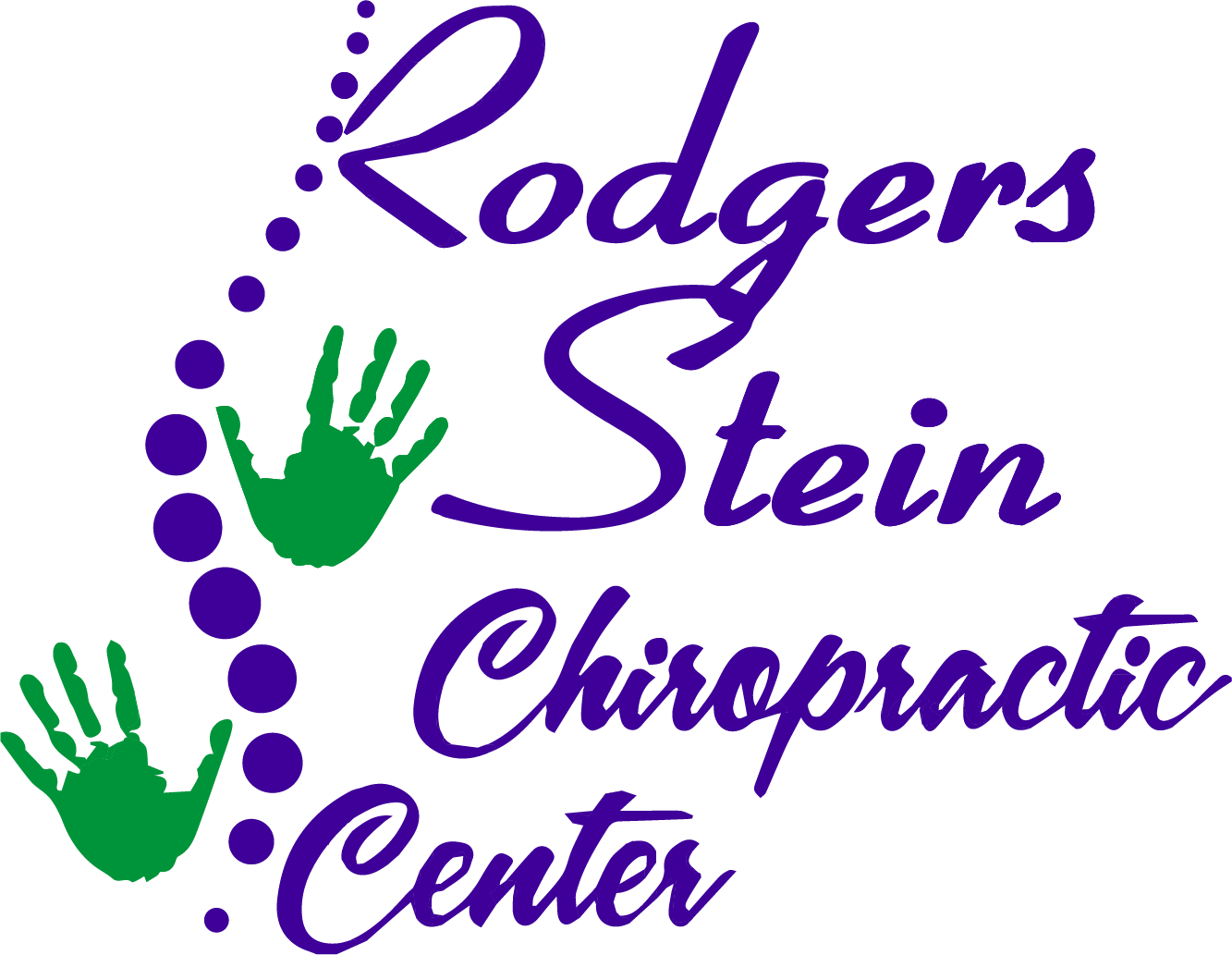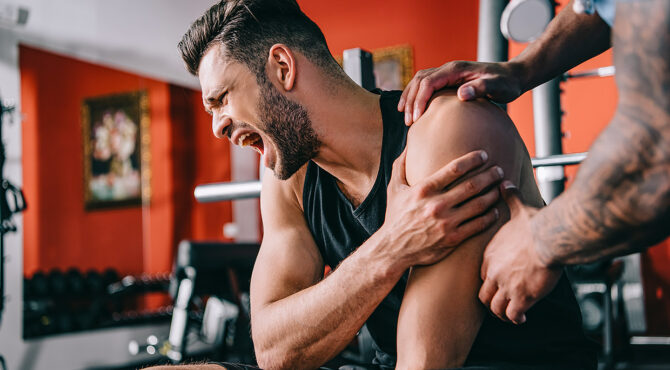Enhancing your mobility and flexibility is essential for maintaining an active lifestyle and preventing injuries. You might think that simply stretching is enough, but there's much more to it. Incorporating various techniques can greatly improve your range of motion and overall performance. From dynamic warm-ups to the benefits of yoga, there are several approaches worth exploring. By understanding how each tip plays a role in your physical well-being, you'll be better equipped to implement them effectively. Curious about the specific strategies that can transform your routine? Let's explore the seven tips that can make a difference.
Stretch Regularly
To enhance your mobility and flexibility, you should stretch regularly. Incorporating stretching into your daily routine can lead to significant improvements in how your body moves.
Whether you're an athlete or someone who sits for long periods, taking time to stretch helps increase blood flow to your muscles and joints, reducing stiffness and discomfort.
Start with simple stretches that target major muscle groups. Focus on areas like your hamstrings, quadriceps, back, and shoulders. Hold each stretch for 15 to 30 seconds, breathing deeply to help relax your muscles. This isn't a race; take your time and pay attention to how your body feels. If a stretch feels too intense, ease back a bit.
Try to stretch at least three to four times a week, but daily stretching can really maximize your results. You can even incorporate stretching into your warm-up or cool-down routines after workouts.
Consider using a foam roller or resistance bands to enhance your stretching sessions. These tools can help you reach deeper muscle layers, making your stretches even more effective.
Don't forget that consistency is key. The more regularly you stretch, the more flexible and mobile you'll become.
Over time, you may notice improved posture, reduced muscle tension, and even enhanced athletic performance. So, grab a mat, find a quiet space, and make stretching a non-negotiable part of your day. Your body will thank you!
Incorporate Dynamic Warm-Ups
Incorporating dynamic warm-ups into your routine can greatly enhance your mobility and flexibility. These movements activate your muscles and prepare your joints for the physical activities ahead. Unlike static stretching, dynamic warm-ups involve moving parts of your body through a full range of motion, increasing blood flow and elevating your heart rate.
Start by selecting dynamic exercises that target major muscle groups. High knees, leg swings, and arm circles are excellent options. As you perform these movements, focus on controlled motions to improve coordination and balance. Aim for 5 to 10 minutes of dynamic warm-ups to effectively prepare your body.
You can also include sport-specific movements. If you're preparing for running, consider incorporating butt kicks and lunges with a twist to engage your core and lower body. For a workout involving upper body strength, try dynamic shoulder rolls and torso twists. This tailored approach guarantees that your body is specifically prepared for the demands of your chosen activity.
Consistency is key. By making dynamic warm-ups a regular part of your routine, you'll notice improvements in your overall flexibility and mobility over time.
This preparation not only enhances performance but also helps prevent injuries, allowing you to enjoy your activities with greater ease.
Practice Yoga or Pilates
Building on your dynamic warm-ups, practicing yoga or Pilates can further enhance your mobility and flexibility. Both practices focus on controlled movements and deep stretching, promoting a greater range of motion in your joints and muscles. You don't need to be an expert to start; even beginner classes can provide significant benefits.
In yoga, various poses encourage lengthening and stretching, which helps release tension and improve your overall posture. As you flow through different positions, you'll learn to breathe deeply, increasing oxygen flow and enhancing your body's flexibility. It's not just about physical benefits; the mental focus required can also improve your mind-body connection, making you more aware of your body's limits and capabilities.
Pilates, on the other hand, emphasizes core stability and alignment. It strengthens the muscles around your joints, providing support while you stretch. The controlled movements in Pilates help you develop better coordination and balance, which are essential for maintaining mobility as you age. You'll notice that your body becomes more agile and responsive with consistent practice.
To get started, consider attending a local class or following online tutorials tailored to your level. Aim for two to three sessions a week, and you'll likely see improvements in your flexibility and overall body awareness.
With patience and dedication, you'll find that incorporating yoga or Pilates into your routine can lead to remarkable changes in how you move and feel in your daily life.
Perform Strength Training
Strength training is an essential component of any fitness routine that can greatly enhance your mobility and flexibility. By building strength in your muscles, you're not only improving your overall fitness but also creating a solid foundation that supports your joints and enhances your range of motion.
Incorporating strength training into your weekly regimen can lead to significant improvements in how you move and perform daily activities.
When you engage in strength training, focus on exercises that promote balance, stability, and flexibility. Here are some key points to take into account:
- Compound Movements: Exercises like squats and deadlifts engage multiple muscle groups, improving functional strength and coordination.
- Bodyweight Exercises: Incorporating push-ups, lunges, and planks into your routine can enhance your strength without needing equipment, making it easier to stay consistent.
- Progressive Overload: Gradually increase the resistance or the number of repetitions to continually challenge your muscles and stimulate growth.
- Variety: Mix up your workouts with different exercises and modalities, such as resistance bands, free weights, or kettlebells, to keep your muscles guessing and engaged.
Focus on Foam Rolling
Using foam rolling as part of your routine can greatly improve your mobility and flexibility. This technique helps release muscle tightness, break down knots, and increase blood flow to your muscles, all of which contribute to better performance and recovery.
By incorporating foam rolling into your warm-up or cooldown sessions, you're setting yourself up for success.
To get started, choose a foam roller that suits your needs. There are various types available, from softer options for beginners to firmer ones for deeper tissue work.
Begin by targeting major muscle groups like your calves, quads, hamstrings, and back. As you roll, apply your body weight to the foam roller, moving slowly to find tender spots. When you locate a tight area, pause for a few seconds and breathe deeply to help the muscle relax.
Aim to spend about 1-2 minutes on each muscle group, but listen to your body. If a particular area feels especially painful, it might need more attention.
Rolling out regularly can greatly enhance your flexibility, making it easier to perform a variety of movements during workouts or daily activities.
Don't forget to combine foam rolling with stretching. After rolling, your muscles will be more pliable, allowing for a deeper stretch. This combination can lead to improved range of motion and overall performance.
Maintain Proper Posture
Good posture is essential for maintaining mobility and flexibility, as it directly affects how your body moves and performs. When you sit, stand, or move with proper alignment, you reduce strain on your muscles and joints. This helps prevent injuries and enhances your overall physical capabilities.
Here are a few tips to help you maintain proper posture throughout your daily activities:
- Align your ears, shoulders, and hips: When standing, imagine a straight line running from the top of your head down to your heels. This alignment keeps your spine neutral and reduces tension.
- Engage your core: A strong core supports your spine. When you engage your abdominal muscles, you create stability and improve your posture.
- Use ergonomic furniture: If you spend long hours sitting, invest in a chair that provides proper lumbar support. This keeps your back straight and comfortable.
- Take breaks and move: Don't stay in one position for too long. Stand up, stretch, or take a short walk every hour to reset your posture and promote circulation.
Stay Hydrated and Nourished
Hydration and nutrition play essential roles in enhancing your mobility and flexibility. When you're well-hydrated, your joints stay lubricated, which helps reduce stiffness and increase your range of motion. Make it a habit to drink water throughout the day, especially before and after physical activities. You don't have to wait until you're thirsty; by then, you might already be dehydrated.
Aim for at least eight 8-ounce glasses of water daily, but adjust based on your activity level and climate.
Nutrition also greatly impacts your body's performance. Eating a balanced diet rich in vitamins, minerals, and proteins fuels your muscles and supports recovery. Incorporate fruits, vegetables, whole grains, and lean proteins into your meals. Foods like bananas and sweet potatoes provide potassium, which helps prevent muscle cramps, while leafy greens offer magnesium for muscle function.
Don't forget about healthy fats! Foods like avocados, nuts, and olive oil can reduce inflammation and promote joint health. Consider timing your meals and snacks to guarantee you're getting the right nutrients before and after exercising. A small snack with protein and carbohydrates can boost your energy and enhance recovery.
Lastly, listen to your body. If you're feeling fatigued or sore, it might be a sign to adjust your diet or hydration levels. By staying hydrated and nourished, you're not just supporting your physical performance; you're also investing in your overall health and well-being, making it easier to move freely and flexibly in your daily life.
Conclusion
Improving your mobility and flexibility is all about consistency and incorporating these tips into your routine. By stretching regularly, warming up dynamically, and practicing yoga or Pilates, you'll notice significant improvements. Don't forget to include strength training and foam rolling to support your joints and relieve tightness. Maintaining proper posture and staying hydrated will further enhance your overall well-being. Start today, and you'll feel more agile and comfortable in your daily activities in no time!



